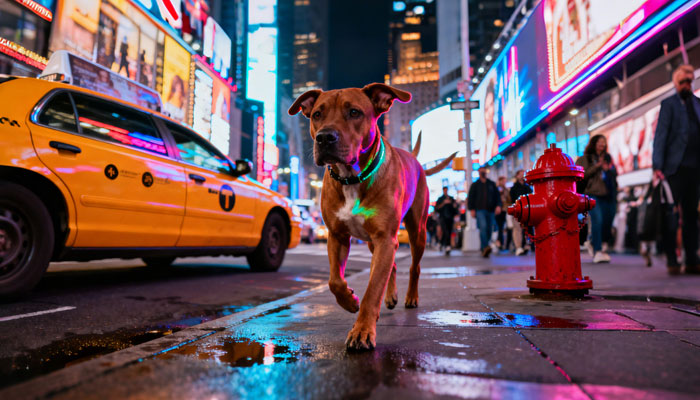Cane Corso Dog Breed Guide

The Cane Corso, a working dog with a long history, has become a focus of attention for many canine enthusiasts due to its outstanding guarding abilities and steady temperament.
I. Historical Origins and Breed Profile
Originating in Italy, the Cane Corso traces its roots back to ancient Roman times. During that era, they were commonly employed to guard livestock, assist in hunting, and even serve as protectors on the battlefield. Their formidable endurance and fighting prowess made them reliable companions to humans. Throughout their breed development, genetic refinement gradually shaped their current robust physique and stable temperament. While sharing renowned guarding abilities with the Anatolian Shepherd, the Cane Corso differs in body structure and regional origins. Both breeds have historically provided vital support to human production and daily life.
II. Physical Characteristics and Body Structure
The Cane Corso is classified as a large breed. Males typically stand between 64-68 cm (25.6-27.2 inches) at the shoulder, while females are slightly shorter, measuring approximately 60-64 cm (23.6-25.6 inches). Their bodies are muscular with flowing lines, projecting considerable strength. The head is broad with a full forehead, and the ears are triangular, hanging close to the cheeks when relaxed. The coat is short and dense, typically black, gray, or fawn, with some individuals displaying brindle markings. The overall appearance balances practical utility as a working dog with aesthetic appeal, with every detail reflecting the breed’s distinctive character.
III. Temperament, Habits, and Interaction Tips
The Cane Corso possesses a calm, loyal temperament and forms deep bonds with its owner. It maintains strong vigilance, making it an excellent family guardian. While cautious around strangers, it rarely initiates aggression unless perceiving a threat to its owner or territory, at which point it displays formidable protection. With proper early socialization, it can integrate well with other household pets. However, due to their large size and inherent territorial instincts, owners must implement systematic training from an early age to cultivate positive behavioral habits.
IV. Care Management and Health Maintenance
When raising a Cane Corso, ample exercise space must be provided, with daily outdoor activities ensuring sufficient physical exertion to prevent behavioral issues stemming from excess energy. Dietary choices should prioritize nutritionally balanced dog food, with feeding amounts adjusted according to different life stages. Avoid excessive consumption of greasy or highly stimulating foods. For health maintenance, regularly groom their coat to remove shedding hair and reduce skin issues. Conduct routine checks of oral, ear, and eye health, and ensure timely vaccinations and deworming to safeguard their overall well-being.
admin
-
Sale!

Washable Pet Cooling Pad for Cats and Dogs
$10.99Original price was: $10.99.$9.99Current price is: $9.99. This product has multiple variants. The options may be chosen on the product page -
Sale!

Washable Cat Window Hammock Cooling Bed
$23.99Original price was: $23.99.$22.99Current price is: $22.99. -
Sale!

Tropical Amphibian Rainforest Tank, Lizard Cage
$38.99Original price was: $38.99.$36.99Current price is: $36.99. -
Sale!

Silent 4-in-1 Waterproof Charging Dog Hair Trimmer
$49.88Original price was: $49.88.$47.99Current price is: $47.99.